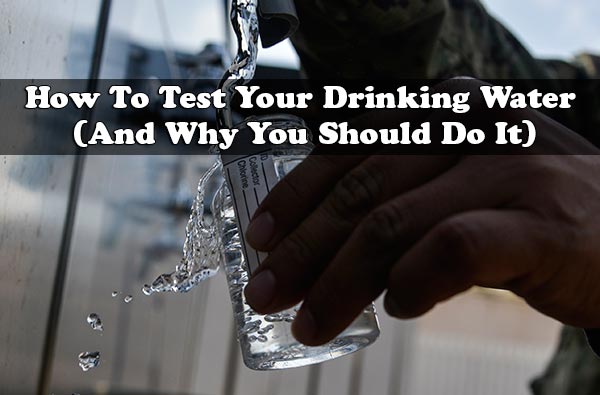How To Test Your Drinking Water (And Why You Should Do It)

Make sure to like Living Green and Frugally on Facebook, Shop at Amazon to help support my site and explore our PINTEREST BOARDS for innovative ways you can become self-sufficient.
How safe is the water coming out of your faucet? Most of us take clean, drinkable water for granted, but events like the Flint, Michigan water crisis remind us that water safety isn’t guaranteed. What looks, smells, or tastes fine could still be hiding harmful contaminants like bacteria, viruses, parasites, or toxic chemicals.
Shockingly, many pollutants in drinking water are invisible to the senses. You can’t always rely on taste, smell, or appearance to tell if your water is safe. Whether your water comes from a private well or a municipal source, it’s up to you to ensure its safety.
Contaminants such as nitrates, PPCPs (pharmaceutical and personal care products), and even industrial chemicals can sneak into water supplies. These pose risks to your health and that of your family. With so much at stake, taking control by testing your water is a no-brainer. Testing isn’t just about peace of mind; it’s about protecting your household from potential harm and staying prepared for future uncertainties.
Why You Should Test Your Drinking Water
- Peace of Mind: Know exactly what’s in your water.
- Health Protection: Safeguard your family from harmful contaminants.
- Stay Ahead: Detect potential issues before they become a crisis.
- Essential for Preppers: A must-have skill and tool for long-term preparedness.
- Tailored Action: Identify specific contaminants and find the right solutions.
Testing your water doesn’t have to be complicated. With the right tools and knowledge, you can take charge of your water quality and ensure it’s safe for consumption. Whether you’re planning for the future or addressing immediate concerns, testing your water is one of the smartest steps you can take.
👉 Learn how to test your drinking water and what to look for: How To Test Your Drinking Water (And Why You Should Do It)